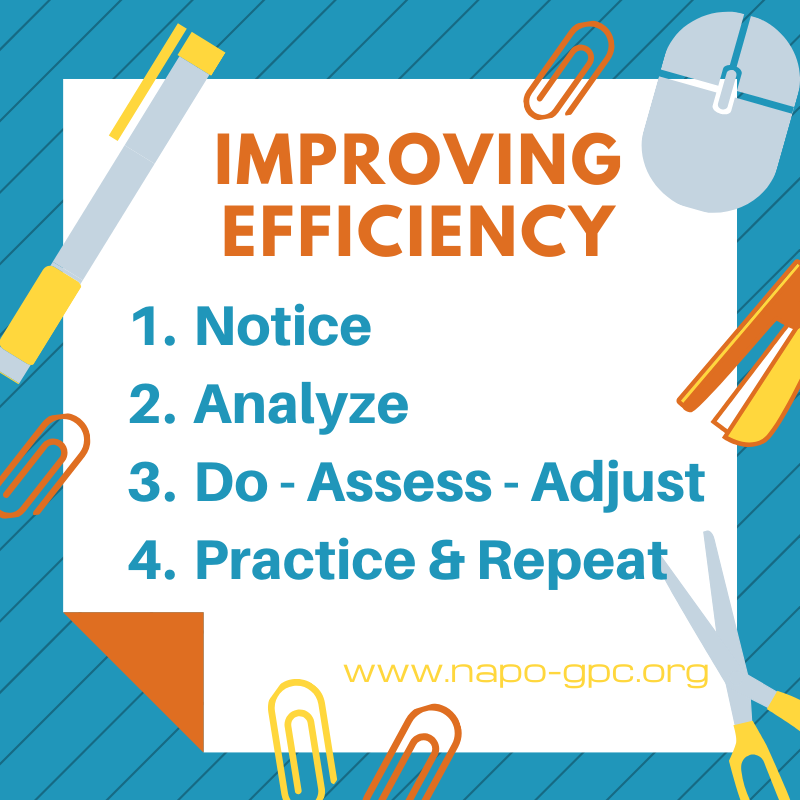

By Russell Pitcairn, The Junkluggers, (215) 779 1644
Recently, I asked my network to share several of their favorite books. Below is a list of inspirational books along with their own key takeaway. Feel free to comment if you have read any of the books below. Let me know if you have a favorite book that has inspired you. Please enjoy!
“Who Moved My Cheese” by Spencer Johnson
Linda’s Key Takeaway: Be Flexible
“The Tipping Point” By Malcolm Gladwell
Linda’s Key Takeaway: Keep your eyes and mind open at a high level.
“The Purple Cow” By Seth Godin
Nate’s Key Takeaway: Companies that have grown into large successful organizations did so by offering a remarkable service or product. In order to succeed in the same industry, you must offer SOMETHING ELSE that is remarkable, stands out, and talks to the people. It’s the only way to be successful in the long run.
“The Go Giver” By Bob Burg and John David Mann
“A Complaint Free World” By Will Bowen
Linda’s Key Takeaway: Be aware, stop and surround yourself with those that come up with solutions…not complaints.
“Wild: From Lost to Found on The Pacific Crest Trail” By Cheryl Strayed
Linda’s Key Takeaway: Get out of your comfort zone.
“Resilience” By Eric Greitens
“Never Split the Difference” By Chris Voss.
Russell’s Key Takeaway: If someone gives you a response you do not like, ask open ended questions like “Why?” or “How?” This may reveal key information, or may get the other person to come up with a different response.
“One Small Step Can Change Your Life” By Robert Maurer
Linda’s Key Takeaway: Move with intention and control.
“Welcoming the Unwelcome” By Pema Chodron
Darla’s Key Takeaway: The time we live in is a fertile ground for training in being open-minded and open-hearted. If we can learn to hold this falling apart-ness without polarization and without becoming fundamentalists, then whatever we do today will have a positive effect on the future.
“A Fine Mess” By TR Reid
Blair’s Key Takeaway: Understanding America’s tax system and an effective way to restructure it. Lower tax rates but eliminate deductions/ways people avoid them, but broaden the tax base/tax on spending of earnings.
Wishing is a good thing! It creates a vision of what we’d like for the future. Often the vision motivates us into action to make it come true. But the tricky part about a wish, compared to a goal, is sometimes we want our wish to magically happen without our taking action. Can you relate?
Here are some examples of Wishful Thinking that might be contributing to the clutter in your home:
The clothes you wish you could get into two or three sizes down.
The workout equipment you wish you would use.
The craft projects you wish you’d have to time to work on.
The second home you wish you could buy.
Charitable shops have been closed for some time due to the pandemic, and now that they’re opened, they are inundated with goods. Some people are reluctant to donate to charities for fear their items will be thrown in the trash. I’ve been told by Goodwill workers that they are storing items in trailers, however that statement is unverified. Another option for items you wish to sell or give away for free are websites like Freecycle.org and CraigsList.com, or local pages on Facebook Marketplace. Since summer is here, you can find ways exchange items with social distancing.
Wishful Thinking can be shifted to Realistic Thinking. If you have trouble getting started, consider the help of a professional organizer. Many are doing virtual organizing and can help you shift your thinking so letting go is easier. YOUR WISH FOR A CLUTTER-FREE HOME CAN COME TRUE!


When I think of reducing inefficiencies I think of when I was in college and learned about the time and motion studies of the 1950’s. I envision Lucy and Ethel wrapping chocolate on the production line. And then I think that no one wants to live life with so much constraint that we are more machine than human. However, so many of my clients tell me they want to be more efficient.
I am a big fan of putting rote tasks on autopilot so that our energy can be put towards creative process and enjoying life. I am embarrassed to tell you this (but will because perhaps it might help) but I’m always looking at how to do things in the fewest steps.
I will exemplify this with a task we all do – emptying the dishwasher. I’ve observed many people empty the dishwasher – I do it differently. And I typically get it done in the time it takes to brew 2 or 3 cups of Keurig coffee.
I waste not a moment on something as routine as unloading a dishwasher.
I’ve blogged about all of this and I’ve linked the above questions to those posts. What I’m addressing here however is how to create systems and processes to be most efficient, streamlined, and effective.
Sometimes having a productivity coach or organizing consultant helps. We work with our clients to help them develop the best ways to improve efficiency.